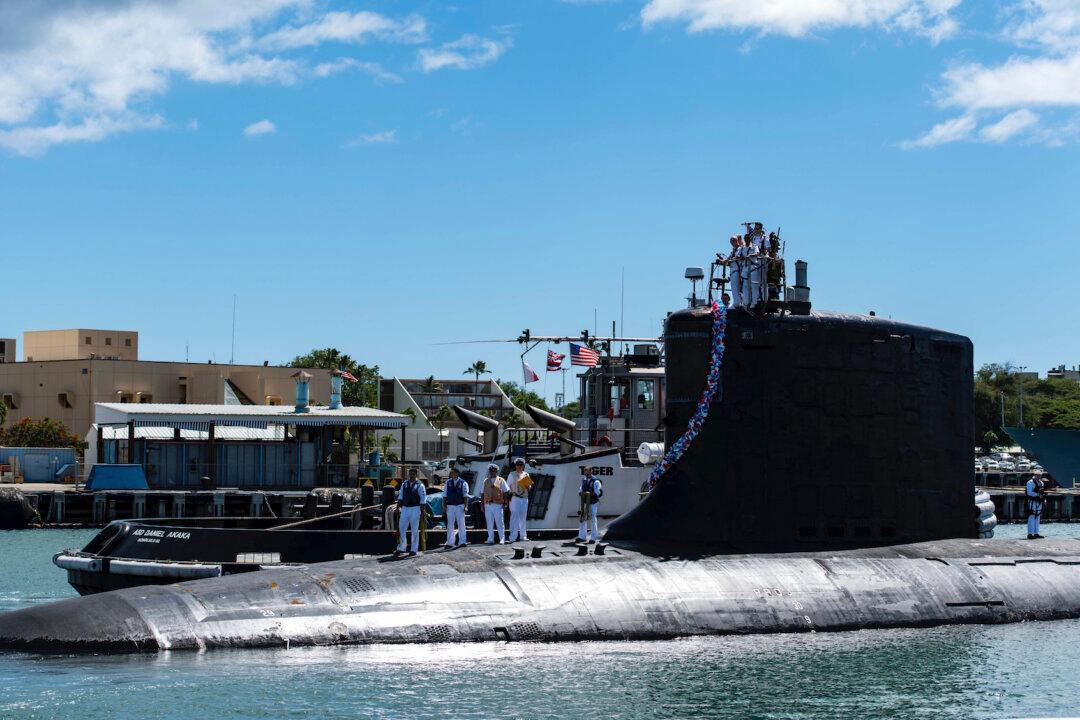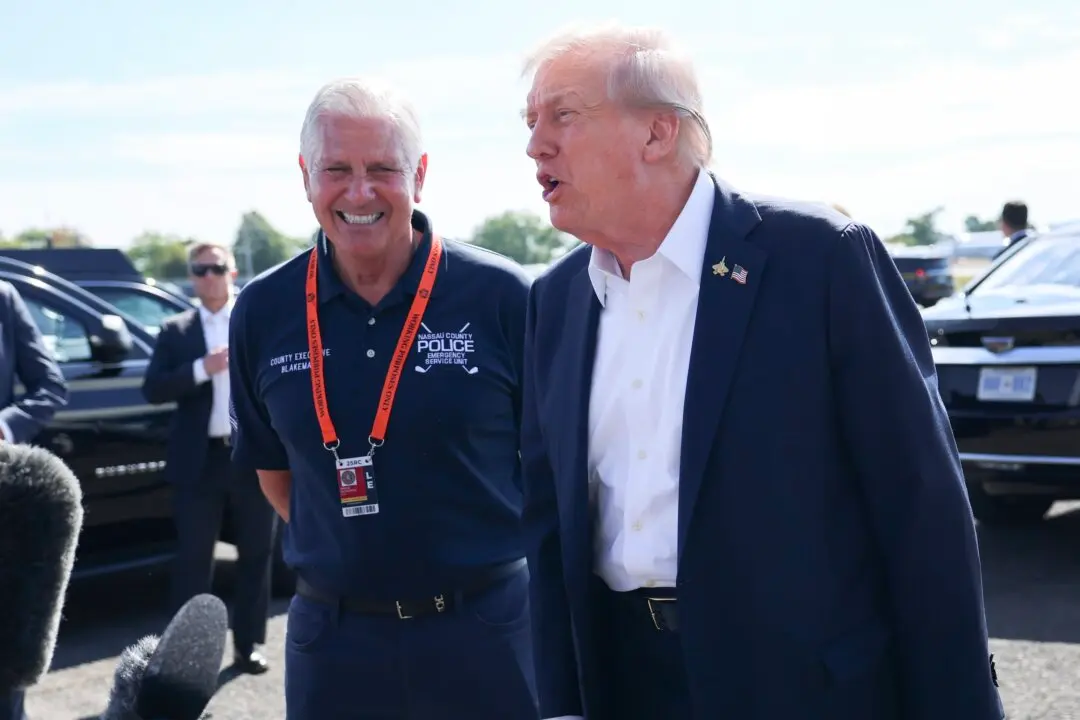The U.S. Senate Foreign Relations Committee has started the process of attaining U.S. congressional approval for the United States to temporarily give Australia two nuclear-powered submarines, alongside other measures to deepen defense sharing with members of the pro-liberty AUKUS defense alliance.
In a bipartisan move on July 13, the committee authorized the transfer of two used Virginia-class nuclear-powered submarines from the United States’ own fleet to Australia and training for Australians on developing “their own Australian submarine industrial base.” It also approves the sale of a third unspecified submarine to Australia. Currently, a new Virginia-class sub costs around $4.3 billion to build.





